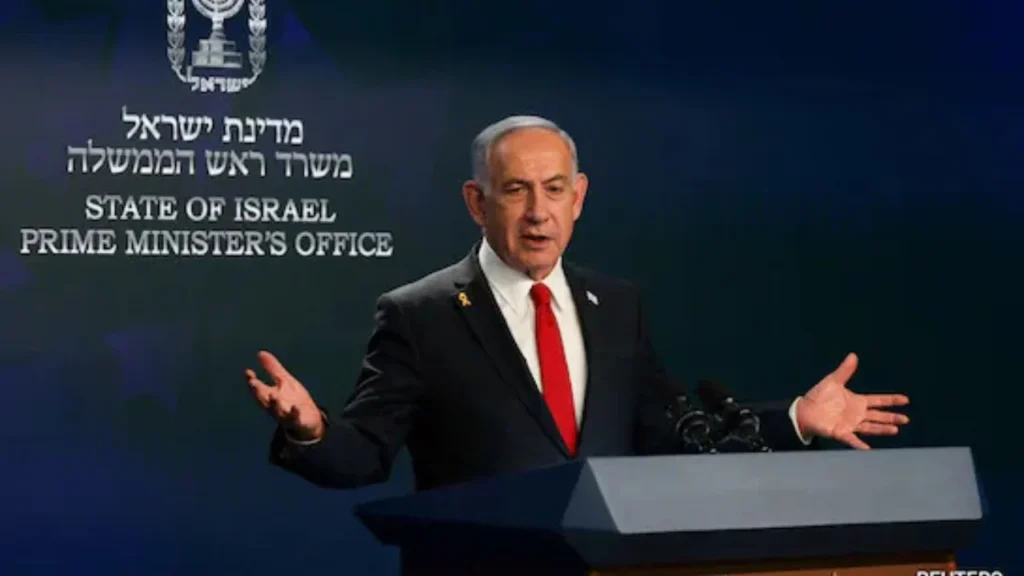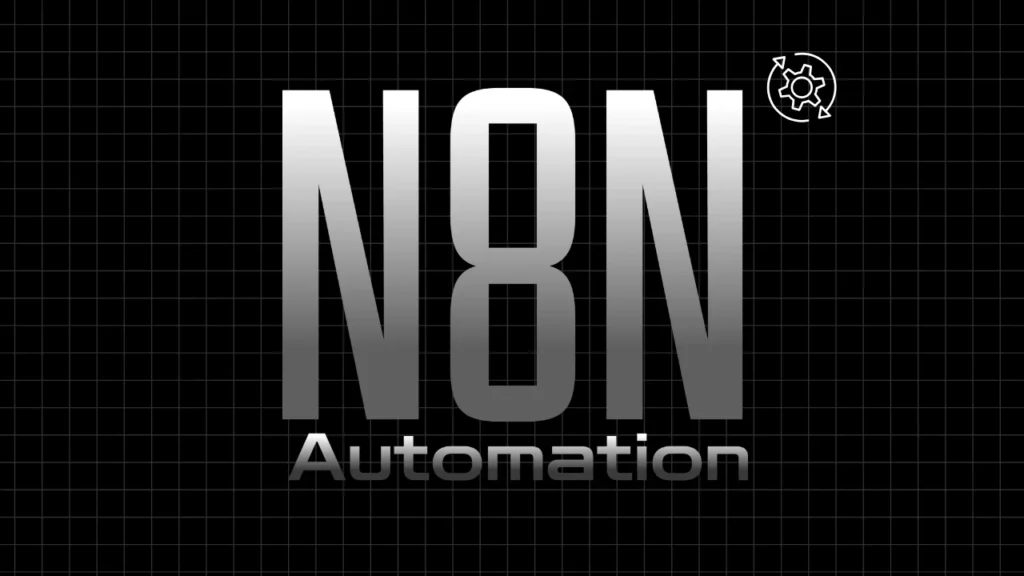In early 2025, Russia formally proposed to supply India with its most advanced fifth-generation stealth fighter jet, the Su-57, along with full technology transfer and domestic manufacturing. This landmark offer could reshape India’s aerial warfare capabilities and strengthen the strategic defense relationship between the two countries.
What is the Su-57?
Overview
The Sukhoi Su-57, developed under Russia’s PAK FA program, is a multirole stealth fighter jet designed to compete with the American F-22 Raptor and F-35 Lightning II. It is intended to serve both air superiority and ground attack roles.
Key Capabilities
- Stealth Technology: Composite airframe and radar-absorbent coating reduce its radar signature.
- Supermaneuverability: 3D thrust-vectoring nozzles for exceptional agility.
- Multirole Combat: Can carry out both dogfighting and deep strike missions.
- Sensor Fusion: Real-time data integration from multiple sensors for enhanced battlefield awareness.
Su-57 Technical Specifications and Features
Engines and Performance
- Initial Engine: Saturn AL-41F1 (also used in Su-35).
- Future Engine: Izdeliye 30 (under trial), expected to improve thrust-to-weight ratio and fuel efficiency.
- Top Speed: Over Mach 2.
- Range: Around 3,500 km.
- Service Ceiling: 20,000 meters.
Avionics and Weapons Systems
- Radar: N036 Byelka AESA radar with target tracking and stealth detection.
- IRST: Infrared Search and Track system for passive enemy detection.
- Electronic Warfare: Integrated jamming and countermeasure suite.
- Weapons Load:
- 4 internal weapon bays.
- 6 external hardpoints.
- Compatible with air-to-air, air-to-ground, and hypersonic missiles like the Kinzhal.
India’s Earlier Engagement and Withdrawal
India’s association with the Su-57 began through the Fifth Generation Fighter Aircraft (FGFA) program, a joint venture with Russia. However, in 2018, India exited the program due to:
- Concerns over stealth capability.
- Delays in development and delivery.
- Issues with cost-sharing and design transparency.
Why the Su-57 is Relevant for India Now
Declining Squadron Strength
The Indian Air Force is currently operating at 31 fighter squadrons, well below the sanctioned strength of 42. With aging fleets like MiG-21 and Jaguar being phased out, a quick and powerful replacement is necessary.
AMCA Not Ready Yet
India’s indigenous Advanced Medium Combat Aircraft (AMCA) is still under development. The Su-57 can serve as a stop-gap or complementary platform.
Russia’s 2025 Proposal: What’s Different This Time?
Technology Transfer and ‘Make in India’
Russia has offered not just jet deliveries, but also domestic production with complete technology transfer, aligning with the Indian government’s Make in India policy.
Upgraded Capabilities
Since India exited the FGFA project, the Su-57 has evolved. Improved stealth, new avionics, and better engines make it a more attractive option today.
Su-57 Strategic and Geopolitical Implications
Regional Balance with China
China already fields the J-20 stealth fighter and is developing the FC-31. Inducting the Su-57 would give India parity in the stealth domain and enhance its deterrence posture.
Boost to Indigenous Defense Industry
If India manufactures the Su-57 locally, it would:
- Create jobs.
- Enhance engineering capabilities.
- Transfer critical technologies in stealth, radar, and jet propulsion.
Su-57 Challenges and Considerations
Operational Risks
- The Su-57 is not yet battle-tested in high-intensity conflict.
- Limited numbers are currently in service with the Russian Air Force.
Maintenance and Interoperability
- Compatibility with India’s existing fleet (Rafale, Su-30MKI, LCA Tejas) needs to be studied.
- Long-term logistics and support infrastructure will be required.
Conclusion: A Calculated Strategic Decision
It offers India a chance to rapidly modernize its air force with a world-class fifth-generation platform. While there are risks and logistical challenges, the benefits—especially in terms of technological superiority, regional deterrence, and domestic manufacturing—are significant. Whether India finalizes this acquisition or not, the offer has reignited serious discussions on the future of Indian air power and Indo-Russian defense cooperation.



















